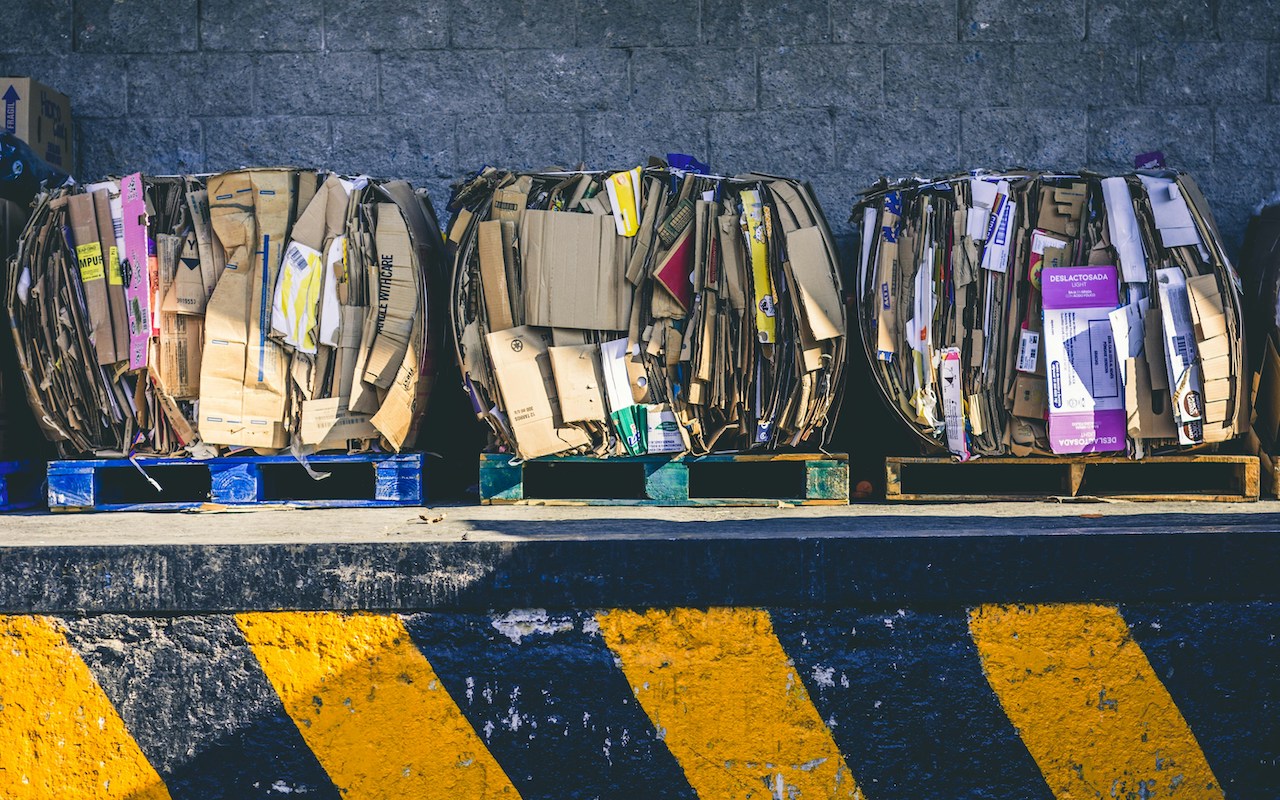
Waste Not Want Not
In late July, we introduced Pullinen Property Group’s ESG initiative, CREcycle.
We highlighted, “… energy has dominated the conversation for years, making it easy for the CRE industry to follow suit by focusing almost exclusively on NABERS energy ratings.” But what about the other NABERS?
Looking at the big picture, not just the CRE industry, this focus on energy was evident at the Melbourne Convention and Exhibition Centre last week. Side by side were two expos: Waste Expo and All-Energy. The program said it all—8 pages for Waste Expo and 27 pages for All-Energy, a ratio of 1 to 3.5. The lanyard ratio of enthusiastic attendees wandering the corridors and exhibits reflected the same trend.
Putting Waste into Perspective
According to the latest National Waste Report (2022), during the 2020–21 financial year, Australia generated an estimated 75.8 million tonnes (Mt) of waste, including 25.2 Mt of building and demolition materials, 14.4 Mt of organics, 12.0 Mt of ash, 7.4 Mt of hazardous waste (primarily contaminated soil), 5.8 Mt of paper and cardboard, 5.7 Mt of metals, and 2.6 Mt of plastics—equivalent to 2.95 tonnes (t) per capita. This total has likely increased by now.
While it’s difficult to determine exactly how much of the 75.8 Mt of waste (now undoubtedly larger) comes from the CRE industry, it realistically contributes across all categories except ash.
Waste is gradually and steadily increasing across all industries, globally. We’ve seen some innovative examples of waste management in buildings across Sydney, and we believe the focus on waste will only grow as solutions become more available and accessible.
There is significant potential for the CRE industry to tackle this issue. As it becomes more relevant for landlords and tenants alike, we hope to see increased conversations around solutions.

No Comments